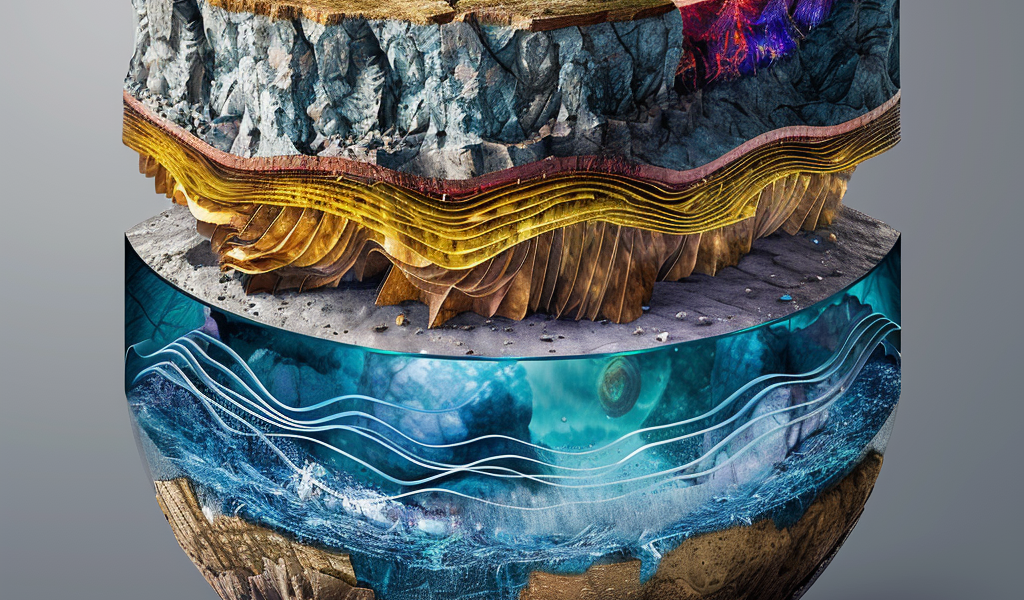Recent scientific discoveries have unveiled astonishing revelations about our planet, particularly regarding the presence of a vast ocean hidden beneath the Earth’s crust. This groundbreaking finding has captivated the scientific community and the public alike, as it suggests that the amount of water stored deep within the Earth may far exceed the volume found on the surface.
Geophysicists have identified a significant reservoir of water approximately 400 miles below the Earth’s surface, contained within a mineral known as ringwoodite. This mineral has a unique crystal structure that allows it to absorb and retain water in a sponge-like state, which is neither liquid, solid, nor gas, but rather a distinct fourth state of matter.
The initial insights into this phenomenon were published in a scientific paper titled ‘Dehydration melting at the top of the lower mantle’ back in 2014. The findings suggested that the Earth’s mantle could hold three times more water than what is found in all of the oceans combined. This revelation has profound implications for our understanding of the Earth’s water cycle and the geological processes that govern our planet.
Steve Jacobsen, a prominent geophysicist involved in the research, explained that the crystal structure of ringwoodite plays a crucial role in its ability to attract hydrogen and trap water. He stated, “This mineral can contain a lot of water under conditions of the deep mantle.” Jacobsen further emphasized the significance of this discovery, suggesting it could provide evidence for a complete water cycle that encompasses the entire Earth, potentially explaining the abundance of liquid water on the surface.
The research team made these conclusions by analyzing seismic data collected from earthquakes. By studying the shockwaves generated by these seismic events, scientists were able to infer the presence of water stored in the ringwoodite rock beneath the Earth’s surface. Even if this rock contains just 1% water, it would imply that the total volume of water stored underground is three times greater than that found in the oceans.
This discovery adds to a series of remarkable scientific breakthroughs in recent times. For instance, researchers have also uncovered an entirely new ecosystem by exploring volcanic crust with the assistance of underwater robots. These findings underscore the notion that nature continues to reveal its mysteries, even in areas previously thought to be well understood.
In addition to the hidden ocean, other significant scientific advancements have emerged. Studies have revealed that individuals who live beyond the age of 90 exhibit distinct differences in their blood, indicating potential biological factors contributing to longevity. Furthermore, some scientists are exploring the intriguing hypothesis that our reality may be akin to a computer simulation, prompting philosophical debates about the nature of existence.
As research continues to evolve, the implications of these findings could reshape our understanding of Earth’s geology, hydrology, and even the origins of life. The scientific community remains eager to explore the depths of our planet further, unveiling secrets that have remained hidden for millennia.
With each discovery, we gain deeper insights into the complexities of our world, reminding us that there is still so much more to learn about the planet we inhabit. As scientists delve into the mysteries of the Earth’s interior, the potential for new knowledge and understanding is boundless.





